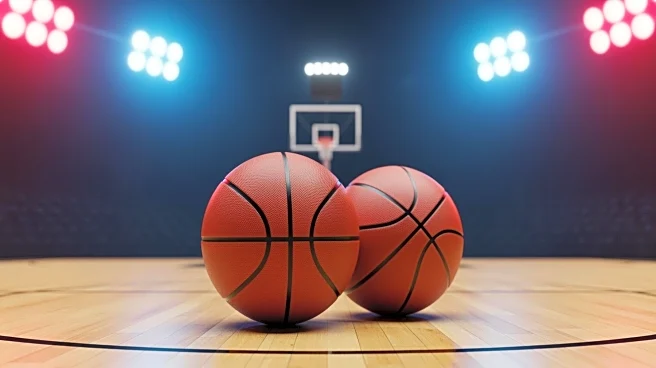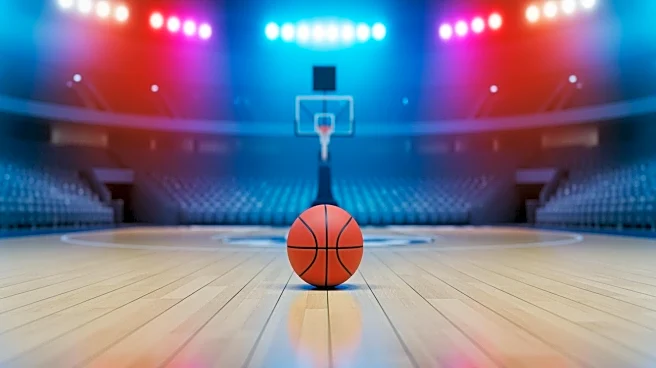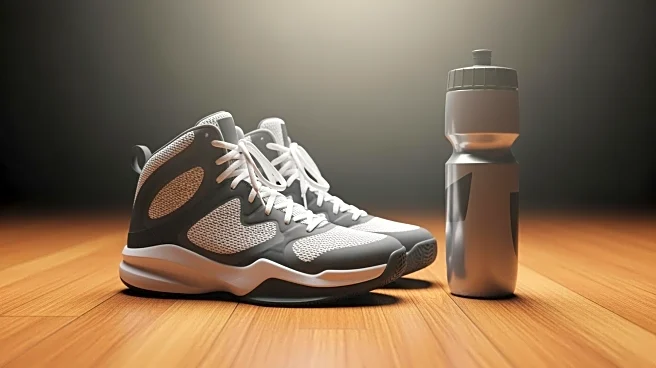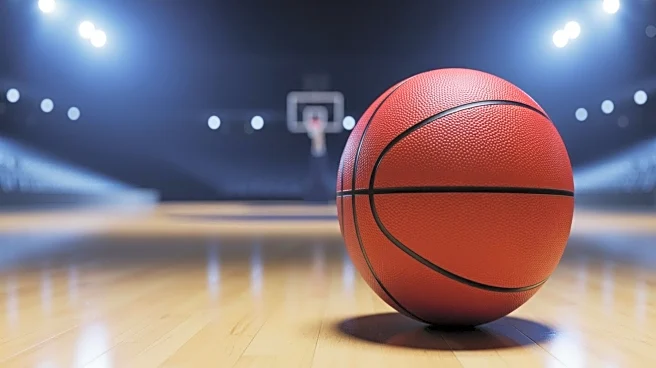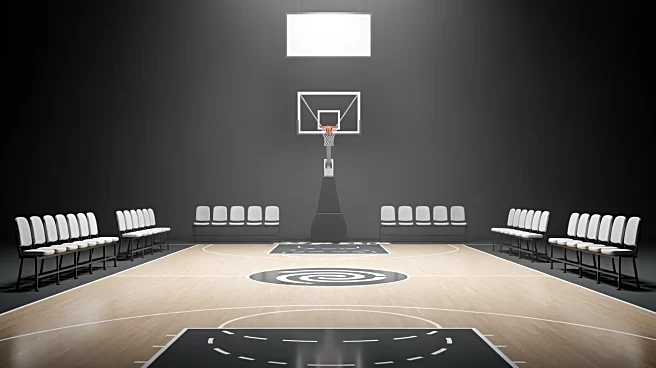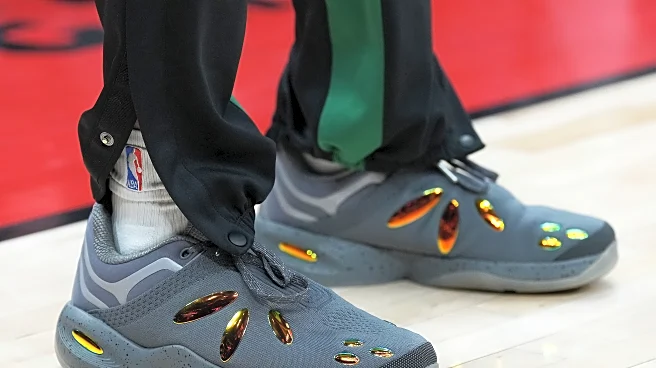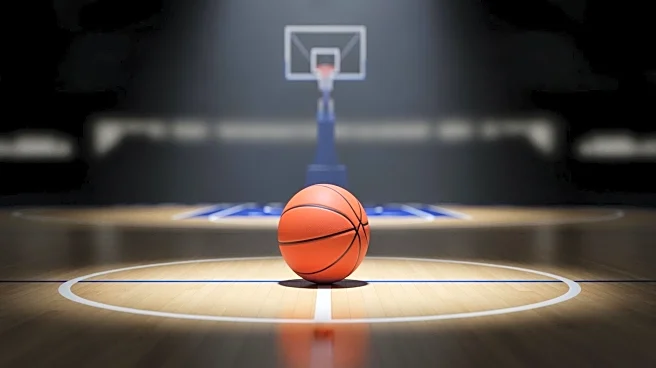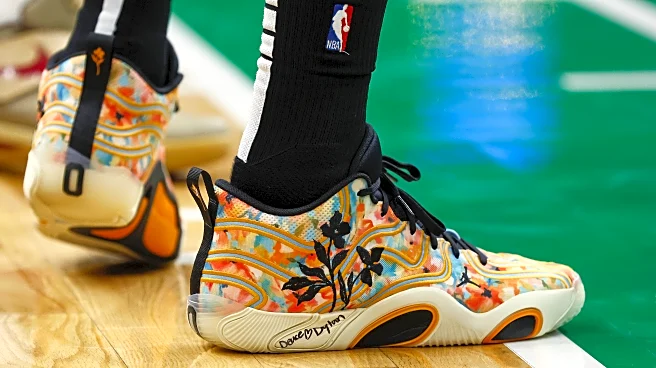What's Happening?
Jayson Tatum, a key player for the Boston Celtics, is recovering from a torn Achilles sustained during the playoffs. The injury typically sidelines athletes for extended periods, often up to a year or more.
However, recent developments have sparked optimism among Celtics fans and analysts. Tatum has been seen performing athletic feats, such as dunking, which suggests progress in his recovery. Speculation is mounting that Tatum could return to the court during the 2025-26 NBA season, potentially as early as late winter or spring. Chris Forsberg from NBC Sports Boston has suggested a possible return in February, while The Athletic has speculated a March comeback. The Celtics are exercising caution, prioritizing Tatum's long-term health over immediate returns.
Why It's Important?
Jayson Tatum's potential return is significant for the Boston Celtics, who have been navigating the season without one of their star players. His absence has impacted the team's performance and strategy, making his recovery crucial for their playoff aspirations. Tatum's return could bolster the Celtics' lineup, providing a much-needed boost in scoring and leadership. The timing of his comeback is critical, as it could influence the team's chances in the postseason. For the NBA, Tatum's return adds excitement and competitiveness, enhancing the league's appeal to fans and stakeholders.
What's Next?
The Celtics will continue to monitor Tatum's recovery closely, ensuring he is fully prepared before returning to play. The team is likely to adopt a cautious approach, gradually increasing his on-court activities to prevent re-injury. Fans and analysts will be watching for updates on his progress, with potential adjustments to the team's strategy as his return date approaches. The Celtics' management may also consider roster changes or strategic shifts to accommodate Tatum's reintegration into the team.
Beyond the Headlines
Tatum's recovery journey highlights the challenges athletes face with severe injuries and the importance of comprehensive rehabilitation. It underscores the role of medical teams and sports scientists in ensuring athletes' health and performance. The situation also reflects broader themes in sports, such as the balance between player welfare and competitive success, and the impact of star players on team dynamics and fan engagement.



